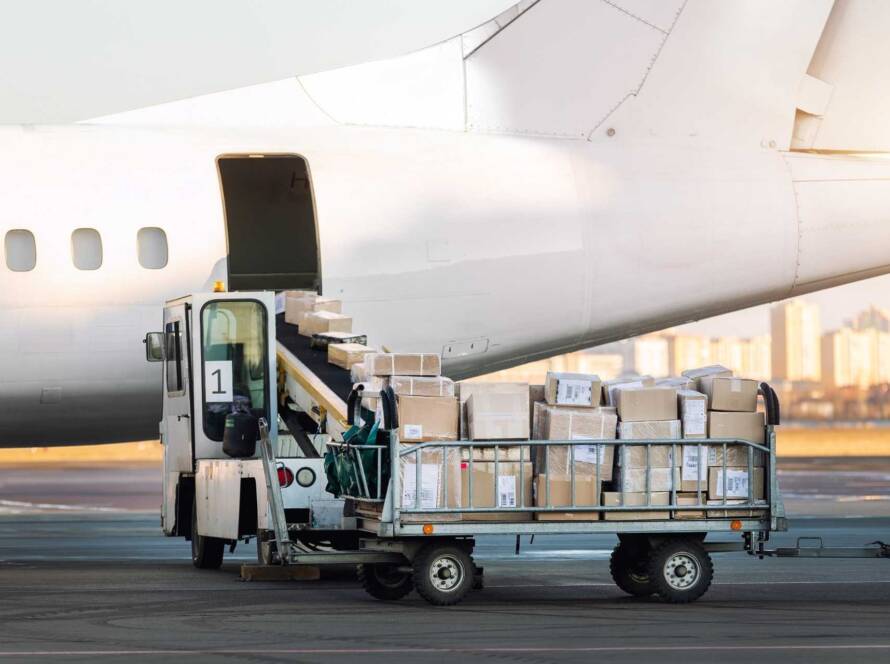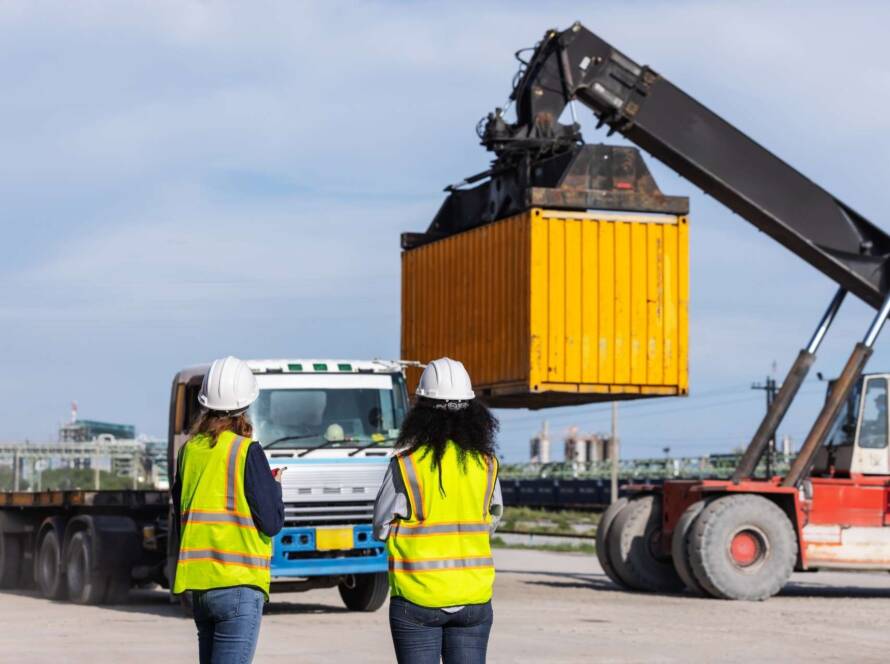In the world of supply chain management, warehouse logistics plays a crucial role in ensuring that goods move efficiently from producers to consumers. Far from being just a storage space, a well-managed warehouse is the hub where products are received, organized, processed, and dispatched with precision. Understanding the main functions of warehouse logistics can help businesses streamline operations, reduce costs, and deliver a better experience to their customers.
1. Receiving Goods
The first step in warehouse logistics is the receiving process. This involves accepting incoming shipments from manufacturers, suppliers, or other distribution centers. At this stage, staff check the quantity and quality of products against purchase orders and delivery documentation. Proper receiving procedures are critical because any discrepancies or damages need to be identified early to prevent delays further down the supply chain.
Receiving also includes unloading goods, verifying barcodes, and updating inventory records in the warehouse management system (WMS). Efficient receiving ensures that items are ready for storage or immediate distribution without bottlenecks.
2. Storage & Inventory Management
Once goods are received, they need to be stored in an organized and accessible manner. Storage involves determining the right location for each product based on size, weight, demand frequency, and special handling requirements (such as temperature control for perishable goods).
Inventory management works hand in hand with storage. A robust WMS keeps track of stock levels, locations, and movement within the warehouse. This function ensures that items are easy to locate, reducing the time spent searching for products and minimizing errors during order fulfillment. Good inventory control also helps businesses avoid overstocking, understocking, or product obsolescence.
3. Order Picking & Packing
One of the most labor-intensive functions in warehouse logistics is order picking—the process of retrieving products from storage to fulfill customer or business orders. The efficiency of this step directly impacts delivery speed and customer satisfaction.
Picking strategies can vary depending on the warehouse setup, from single-order picking to batch and zone picking methods. After picking, products move to the packing stage, where they are checked, protected with appropriate materials, and labeled for shipment. Proper packing not only protects goods during transit but also ensures compliance with shipping regulations.
4. Shipping & Distribution
Shipping is the final stage of the warehouse process, where orders are consolidated, loaded onto transport vehicles, and dispatched to customers or retail locations. This step requires close coordination with carriers, route planning, and scheduling to meet delivery deadlines.
In modern warehouse logistics, many facilities also provide value-added services such as last-mile delivery coordination, tracking updates, and reverse logistics for returns. This integrated approach ensures that the movement of goods is seamless from warehouse to destination.
5. Returns & Reverse Logistics
Handling returns efficiently is just as important as fulfilling orders. Reverse logistics involves receiving returned goods, inspecting them, and determining whether they can be restocked, repaired, or recycled.
A well-organized returns process helps maintain customer trust, recovers value from returned products, and ensures that the warehouse operates without unnecessary clutter from unsorted returns.
6. Value-Added Services
Many modern warehouses offer services beyond basic storage and distribution. These can include product customization, kitting (combining multiple products into a single package), labeling, light assembly, and quality inspections. By performing these tasks within the warehouse, businesses can reduce lead times and improve operational efficiency.
7. Data Tracking & Reporting
A key function of warehouse logistics today is data-driven decision-making. Using advanced software, warehouses track inventory movement, order accuracy rates, picking efficiency, and shipping times. This data is used to identify areas for improvement, forecast demand, and optimize resource allocation.
Conclusion
Warehouse logistics is far more than simply storing goods—it is a complex, coordinated process that keeps supply chains running smoothly. From receiving and storage to order fulfillment and reverse logistics, each function plays a vital role in meeting customer expectations and maintaining business profitability.
Businesses that invest in efficient warehouse logistics benefit from faster delivery times, lower operational costs, and stronger customer relationships. Whether you operate a small distribution center or a large-scale facility, understanding these core functions is the first step toward creating a high-performing logistics operation.

